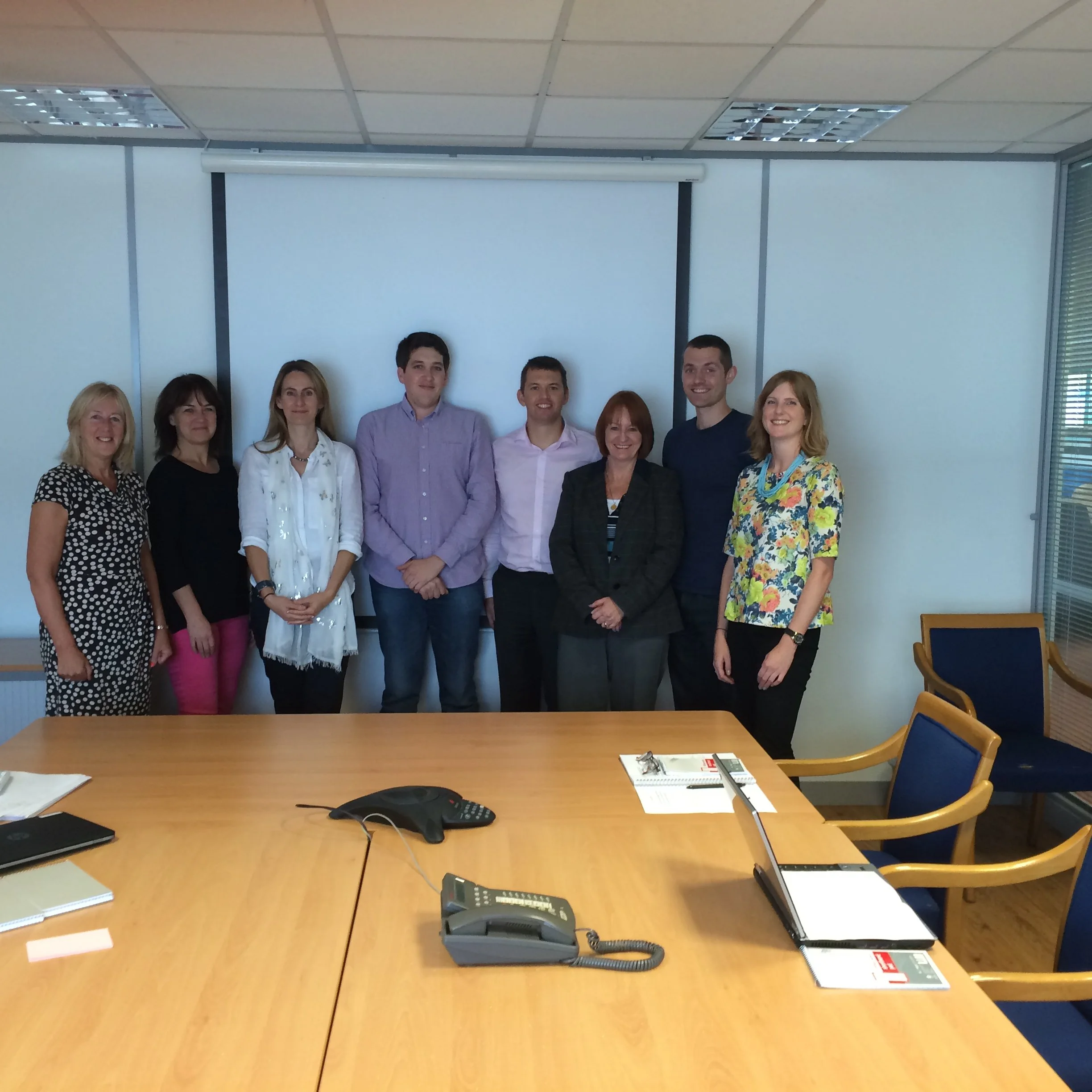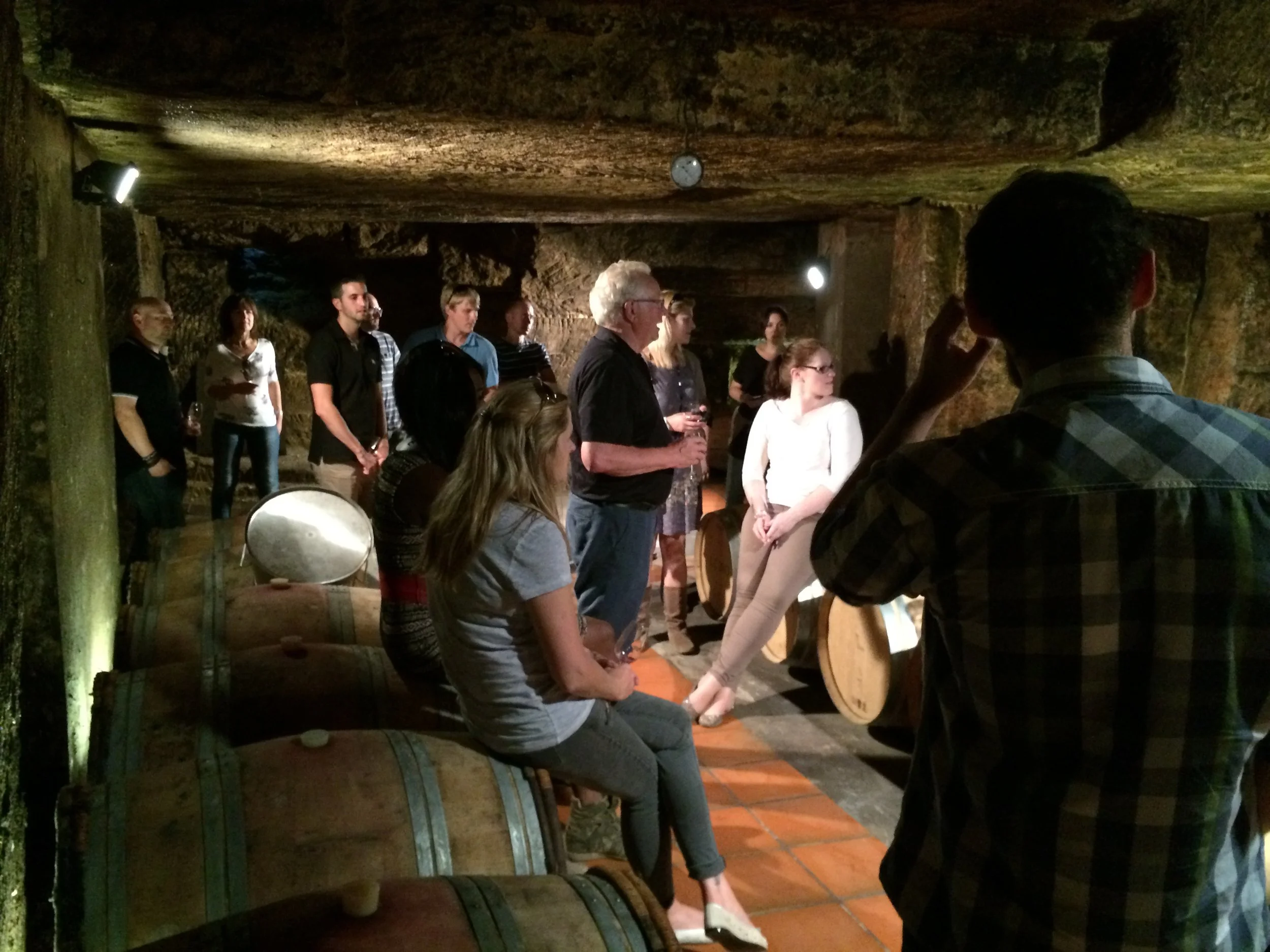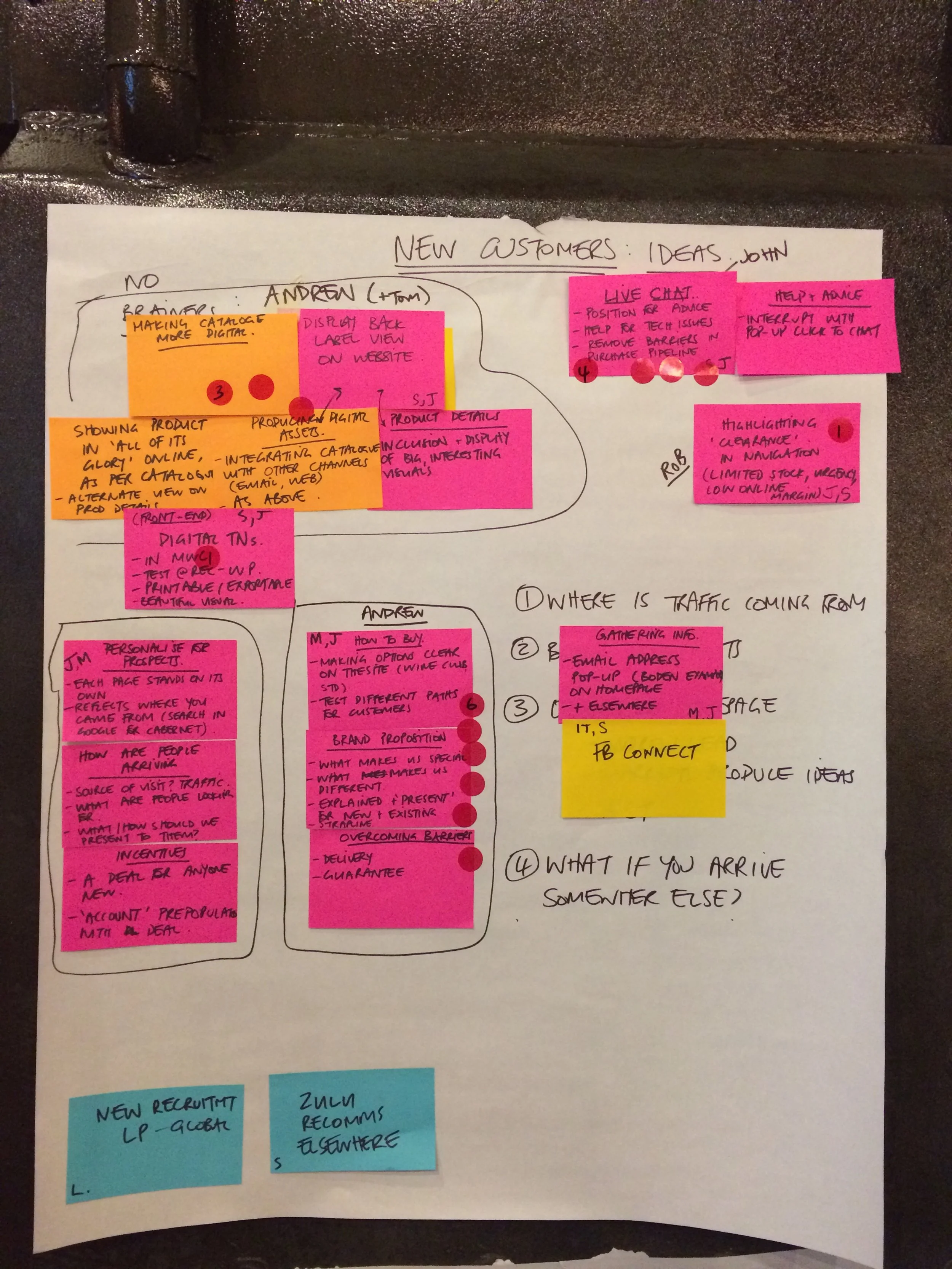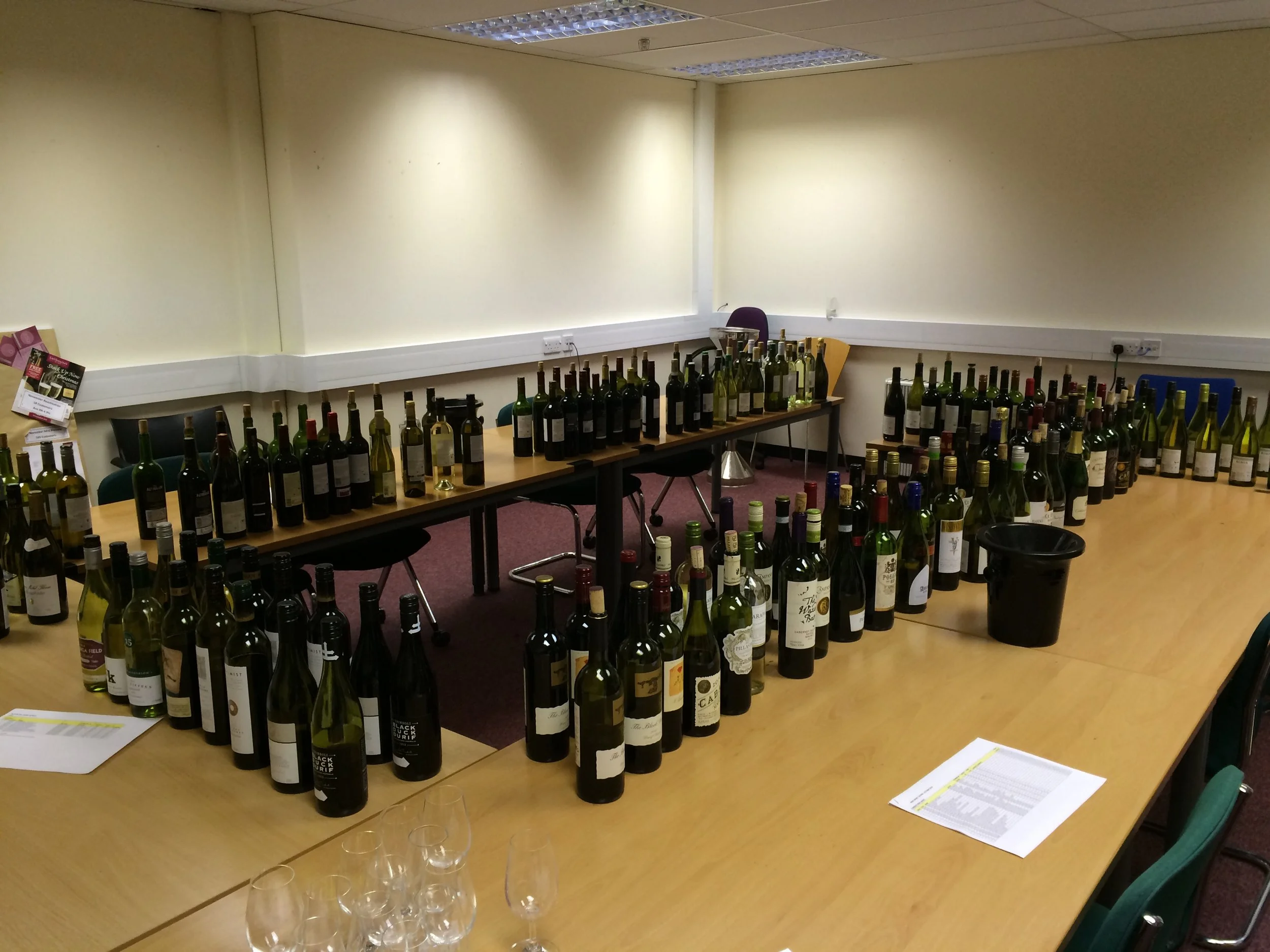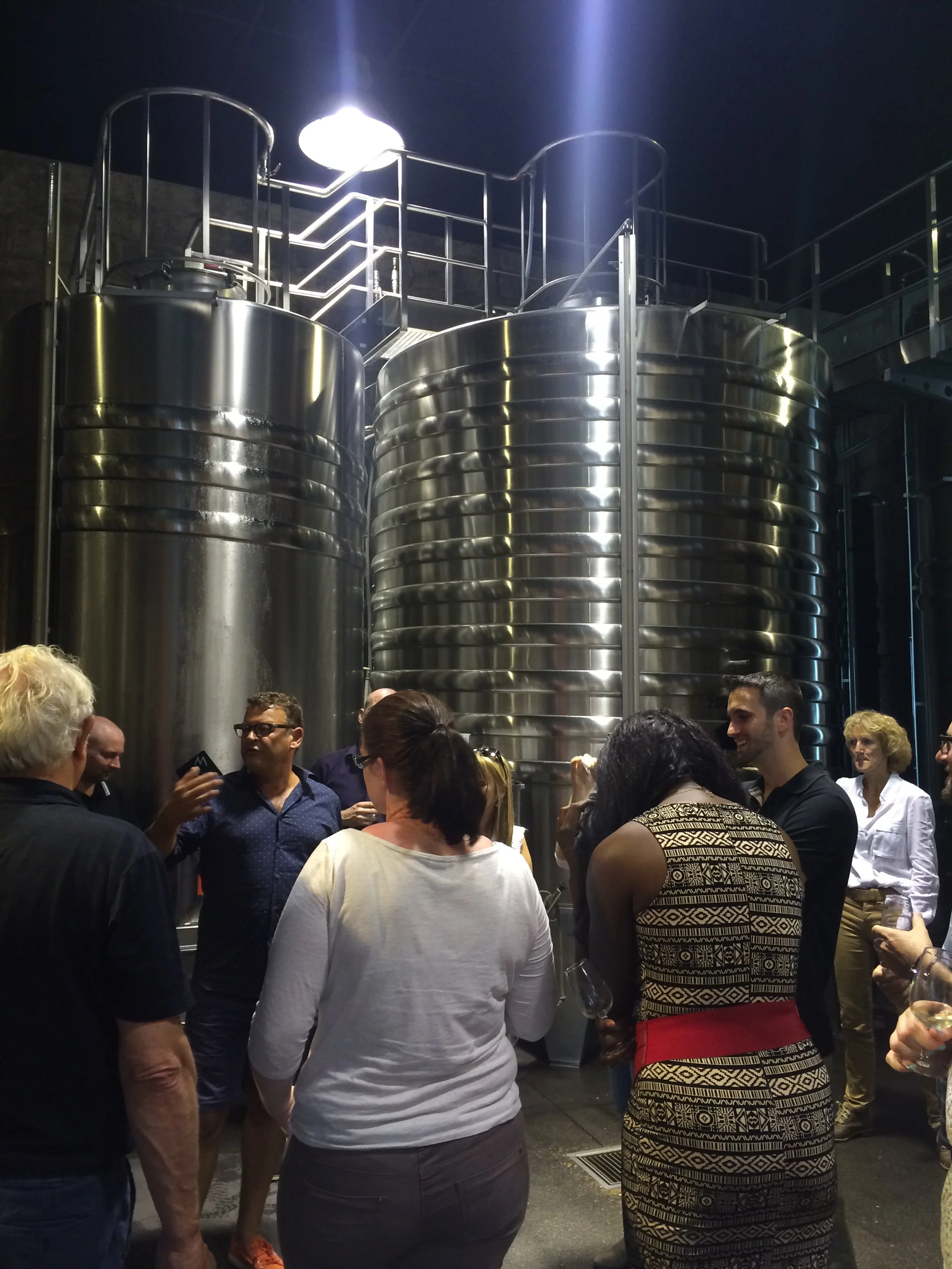A shake-up at Direct Wines.
How do you implement radical change within a long-established business?
In 1969, Tony Laithwaite was on a university geography trip in Bordeaux where his attention strayed from Roman ruins to local wines. Sharing his finds with others led to the establishment of Laithwaites/Direct Wines, an independent, subscription-based merchandiser delivering curated cases of boutique wines to customers each month. Fast forward 50 years and the business is still family-owned, still running a subscription model but now with operations in the US and Australia as well as the UK, and a turnover of 350 million pounds. But there were concerning signs of stagnation.
I was initially part of a consultant team asked to overhaul the operating model to provide a platform for future growth. It soon became clear that the ask wasn’t going to achieve the task. I could see that the business had lost its mojo and needed a shake-up to keep its slice of a market that was rapidly changing. New entrants were making subscriptions sexy again, solving problems like ‘what shall we have for dinner?’ (Hello Fresh and My Food Bag) or the tedium of common repeat purchases like toilet paper, razors and beauty products. Customer needs were changing. In London especially, apartment living was making it increasingly impractical to deliver a 12-bottle box of wine to a customer’s doorstep.
A lack of vision/strategic focus had allowed silos to form within the business and empires to grow, which preserved the status-quo and stifled innovation. While focusing on operations would deliver a financial sugar hit, long-term success relied on addressing these bigger issues - changes which had to be driven from within. I was appointed to the newly-created role of Head of Business Delivery (Global) to help make Laithwaites/Direct Wines a market leader again.
What we learned and what we did
Sometimes you need to poke the sacred cow. The company’s subscription model delivered predictable ongoing revenue and working capital that no one wanted to disrupt. But it needed a serious glow-up. New entrants to the subscription game were offering next-generation, data-driven solutions and driving acquisition through awesome UX. In contrast, Laithwaites’/Direct Wines’ relied on customers forgetting to cancel each month. My job was to prove that there was value in nurturing the customer after they had signed up - that this point was the starting line, not the finish. Once we started looking at data related to retention (not just acquisition), it was clear we had some gaps. Digging further into monthly purchase data gave us a clear view of lucrative customer archetypes, the actual products people wanted and pain points in the experience. We used this to help the business see what needed to be changed and give it confidence to try different things.
Winning is often a game of inches and experiments rather than a slam dunk. The company had lost its entrepreneurial instinct to test, learn and do, fast. Change processes were slow, step-by-step, with long time horizons. It was also failing to get the basics right because it didn’t want to talk to customers and risk losing them. We set-up two new modes of working to address the different challenges facing the business. Samurai mode used cross-functional teams to solve thorny, complex challenges (like how to organise and interrogate huge volumes of customer data). Ninja mode used a hit-squad to quickly find and fix points in the web experience where it was hard for customers to do what they wanted (like arranging returns or changing delivery address). Working in these modes helped build the test-and-learn muscle.
Story is key. The company prided itself on quality wines, responsibly sourced, often from small, family vineyards and not available through mainstream retailers. However, research revealed that these USPs were lost on customers. Marketing heroed the discount instead and customers were comparing on price - potentially a race to the bottom. Laithwaites/Direct Wines had a goldmine of stories from winemakers all around the world. Finding new ways to tell them - in the box, on a label, in a video - became vital, woven into product strategy and the business vision. We also changed how we leveraged the company’s heritage. It started as a young man’s adventure. We needed to recapture that sense of discovery, experimentation and excitement - both for customers and employees.
Results
We grew customers and reduced inefficiency. Relentless focus on getting the basics right, combined with a more data-driven approach, generated a sustained uptick in customers from demographics that hadn’t traditionally bought from us. Better storytelling boosted brand loyalty, evidenced by increased retention over three, six and 12 months, reducing the cost per acquisition and the break even point. This, plus efficiencies resulting from knowing our customers better (less surplus stock, fewer returns etc), freed up cash for other business areas.
Putting data, digital and customer experience at the heart of the business empowered people, ensuring insights drove decisions, not people’s opinions. We established a new role focused purely on UX and digital leadership and introduced brand manager roles to the marketing team so the customer could be ‘owned’ across different functions, not monopolised by the marketing team. This created healthy tension for new product development and reinvigorated the business, shifting it from its 1970s ‘Reader’s Digest’ style roots to a responsive, contemporary subscription model. Direct Wines UK became Online Retailer of the Year and Wine Merchant of the Year in the International Wine Challenge 2015.
Board and executive team buy-in across all three key geographies was a massive win. Once leaders understood the upsides of change and their role in it, we could focus the business on the right priorities. This wasn’t easy and took time. I made a point of building relationships, meeting the country heads face-to-face, visiting all the distribution centres, co-locating with the customer service team and making sure we shared data and insights to put leaders in control. Some people-changes eventuated (including a new CEO) as the scale of the step change and capabilities required to deliver it became visible.
Ongoing challenges to solve
With every role or project there are things you’d have done differently and questions still to explore and answer:
How will the organisation adapt to changing preferences (big shift to non-alcoholic options too, values-led things like organic; transparency; vegan etc, different packaging / delivery expectations).

